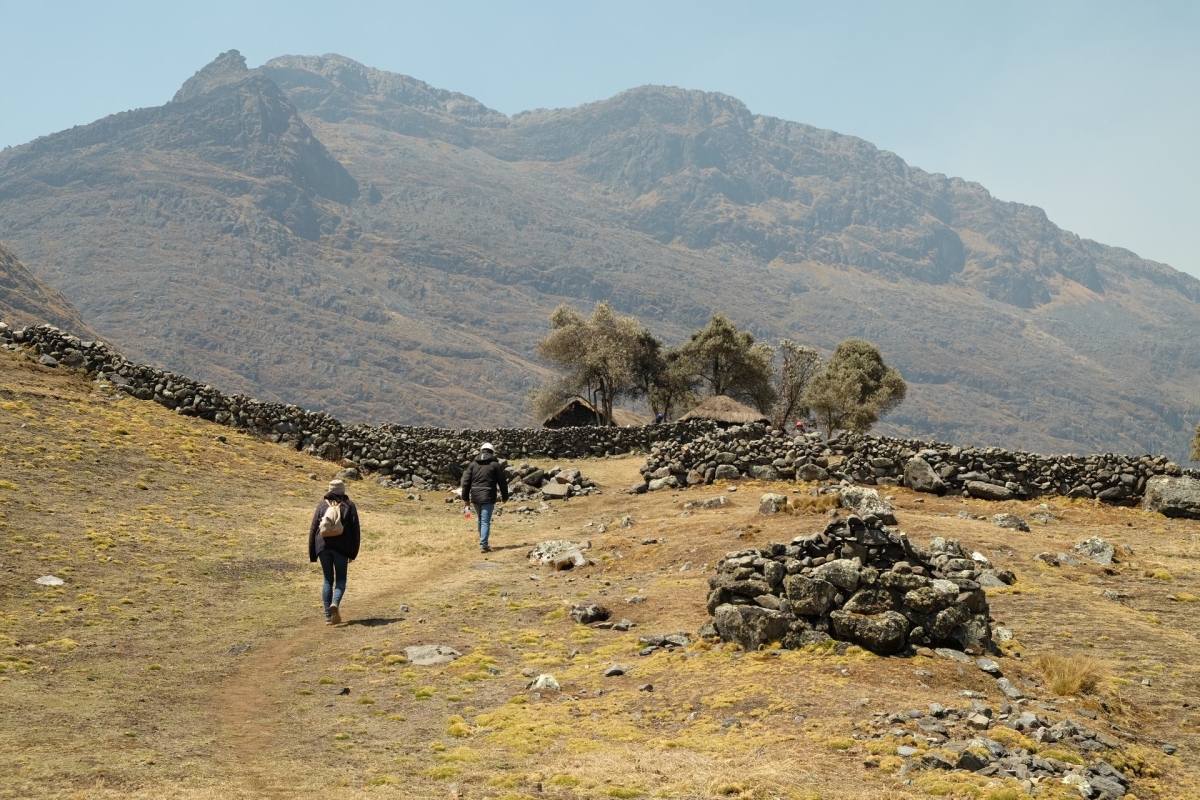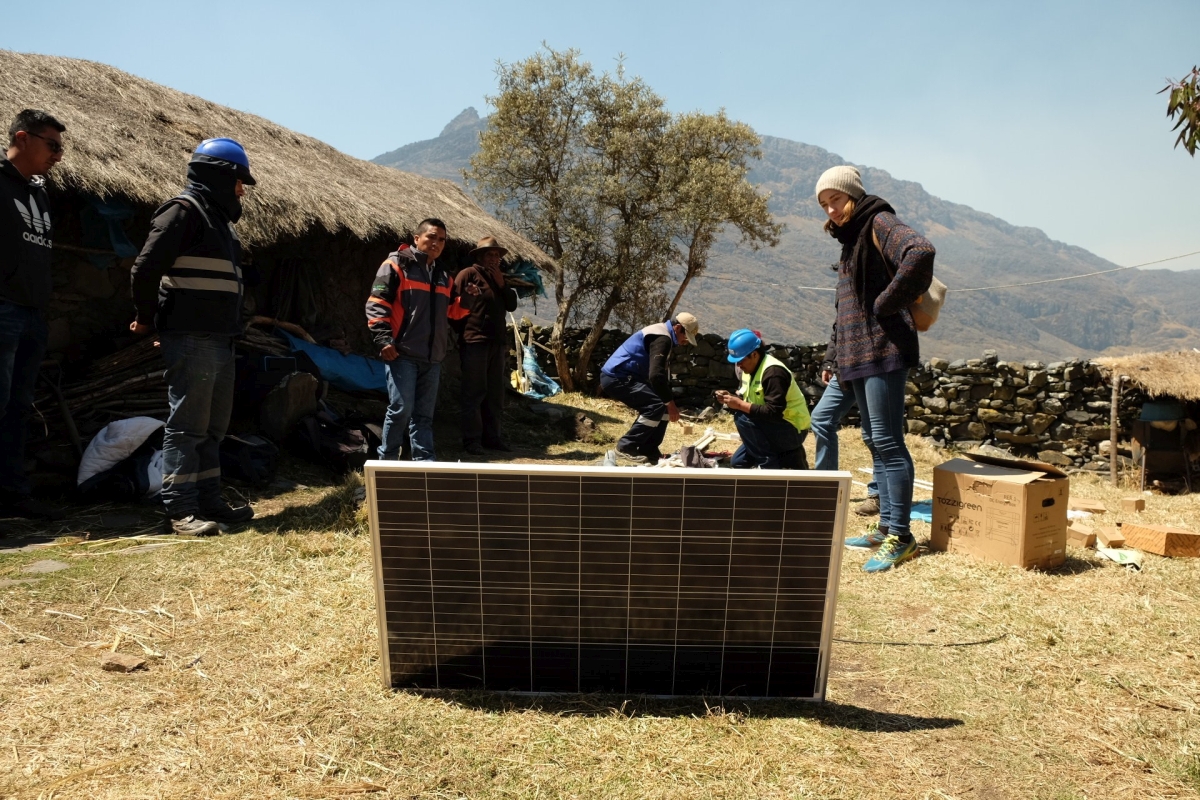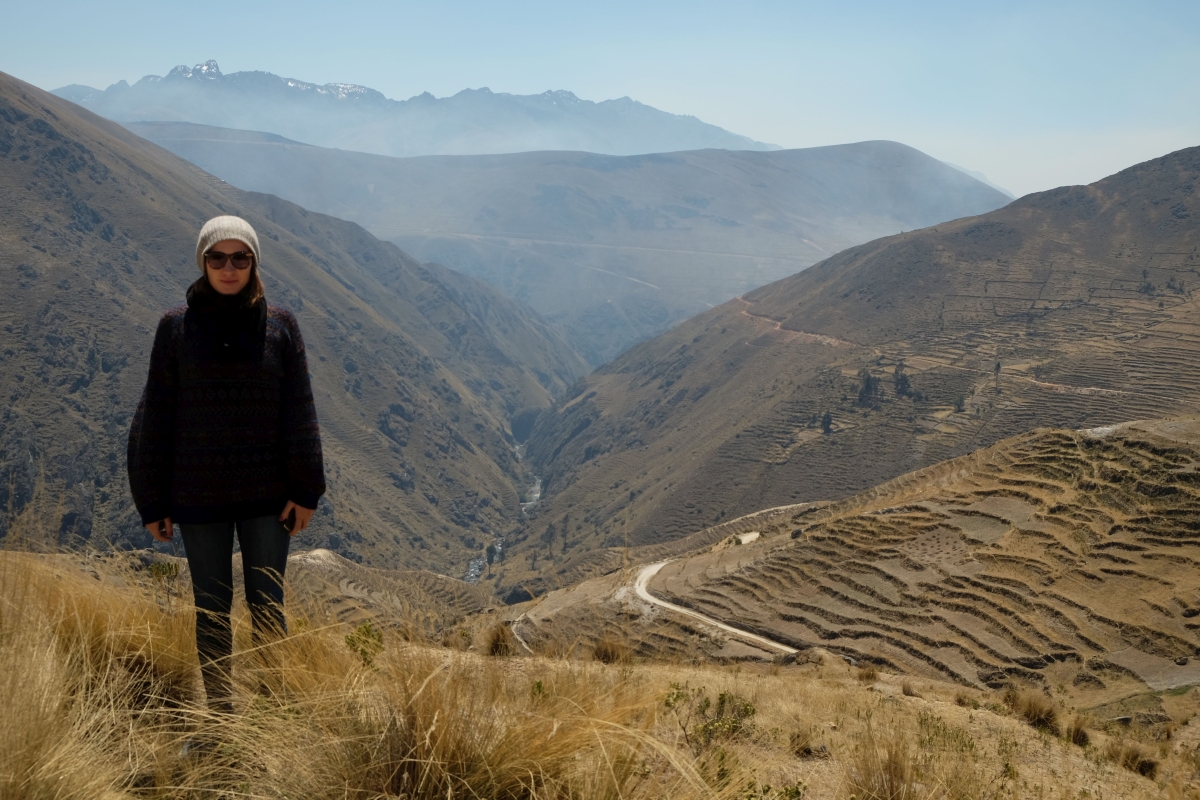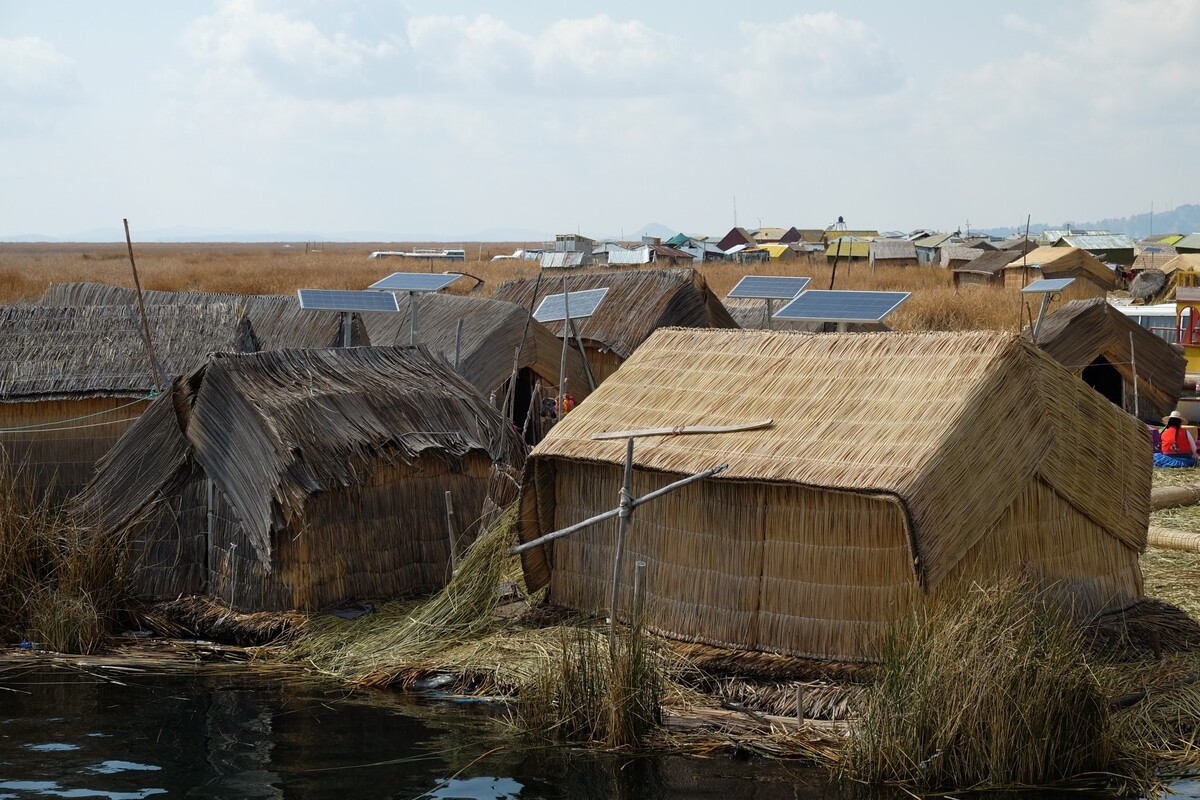Let There Be Light!
Speechless with amazement, the old woman stands in her small house in the Andes: For the first time, a light bulb is shining! Alena Fernandes de Freitas, a scientist from Karlsruhe, would like to ask her questions, but the Andean woman only speaks Quechua. Her house stands at an altitude of over 4,789 meters in the mountains of Puno in Peru. The landscape is rough, barren, dry, and above all extremely impassable. Here in the high mountains, the nearest neighbor lives an hour's walk away. Four people live in the two small houses with rough stone walls and thatched roofs: A mother with a small child, and her parents; without heating and hot water. Their main source of energy is the fire, fueled with wood or dried dung. For lighting, they use candles or paraffin lamps, which they light only briefly because it is expensive. And now: A light bulb shines whose light costs almost nothing.

The lookKIT research magazine provides details about international activities at KIT – from research cooperations to the promotion of young scientists.
Learn MoreSheep and Alpacas Grazing in Front of Lonely Cottages
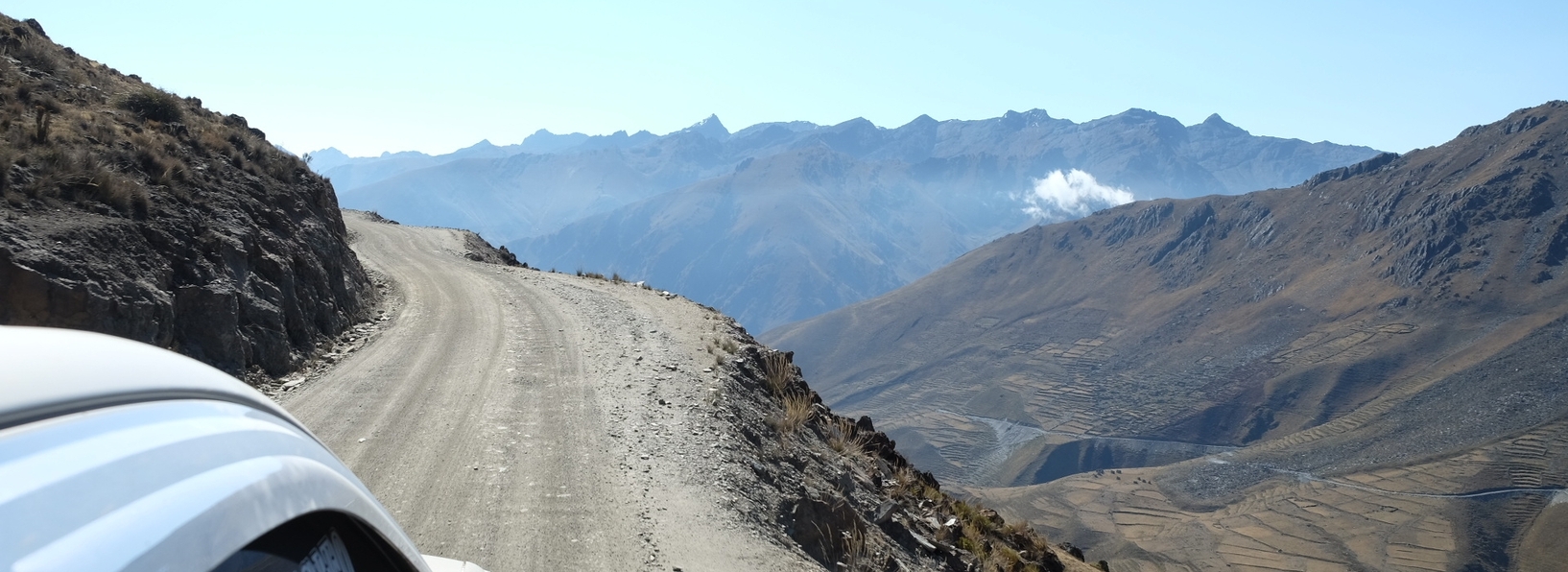
"The state knows that there are about 400,000 households that still don't have electricity. Which ones they are and where they are located is not recorded," de Freitas says. Rural electrification through solar home systems is one of three renewable-energy projects in Peru she is analyzing for her doctoral thesis. It is a government program that aims to provide energy resources to rural populations throughout the country. For de Freitas, this is the third and most difficult phase of field research: "There are no addresses, no Google Maps, and no roads leading to the settlements," she says.
Nevertheless, to get to the difficult-to-reach areas, she has made contact with the company TozziGreen, which has built more than 200,000 solar home systems in Peru in the last three years. Together with the engineers, she often drives for hours in an off-road jeep on unpaved roads, sometimes close to precipices where cars that have slipped and crashed can be seen from time to time, and quite often cross-country. It is not uncommon for the researcher to hike the last stretch of the way for about an hour. It is hard to imagine that people live there. But then, all of a sudden, as if out of nowhere, a few cottages appear, and alpacas and sheep can be seen grazing between stone walls.
Science Fiction among the Quechua?
In the meantime, a long pole with a solar panel stands next to every house - it seems a bit like science fiction in the primitive settlements of the Quechua. De Freitas has to stoop down when she goes through the low doors into people's houses: "Many are not sure whether they even want this kind of new energy," she says: "Warmth is even more important than light, because in the Andes, the climate is extreme, the alpacas and sheep often freeze to death in winter when temperatures drop below zero for weeks on end. However, now people don't have to walk five hours to the next village to charge their cell phones."
In some villages, the resentment of the population is clear, with many feeling fobbed off with this limited technology. Alena Fernandes de Freitas also conducted interviews in the province of Cajamarca, in northern Peru on the border with Ecuador. The people there live from small-scale agriculture, cultivating coffee or bananas. Here, too, she spent several days on the road in buses and was repeatedly sent to different places: "It is a challenge to establish contacts and obtain important information in a short time. You often have to take detours and react flexibly. That's difficult to plan from Germany." De Freitas already had this experience during her master's thesis in Lima.
Field Research in Lima
The textile cluster that de Freitas analyzed in this framework is a demarcated urban district in which one high-rise building stands next to another. Around 20,000 small businesses sew and sell products here in a very confined space with countless employees in informal employment relationships, i.e. without a contract or security. The researcher spent days wandering around here with a microphone to interview the local people: "It wasn't easy to gain their trust, because there is a great deal of mistrust there due to the informality and the strong competition. In addition, people often work twelve hours a day, six or seven days a week. You can't just meet in a café for an interview. And while they are working, it's very loud and chaotic. I experimented and improvised a lot."
Many interviews have resulted from acquaintances: After graduating from high school, de Freitas wanted to improve her Spanish through a stay abroad. At an international meeting of students, she made friends with Silvia from Lima, who helped her find a host family in the Peruvian capital for three quarters of a year and introduced her to the secrets and dangers of the megacity: "She pulled me off the busy road five times at least I guess. The traffic there is really wild, and it's a real challenge to take a bus. It's not unusual to be stuck in traffic for up to three hours. The city is characterized by big contrasts. You have to have lived there to be able to do field research in a meaningful way."
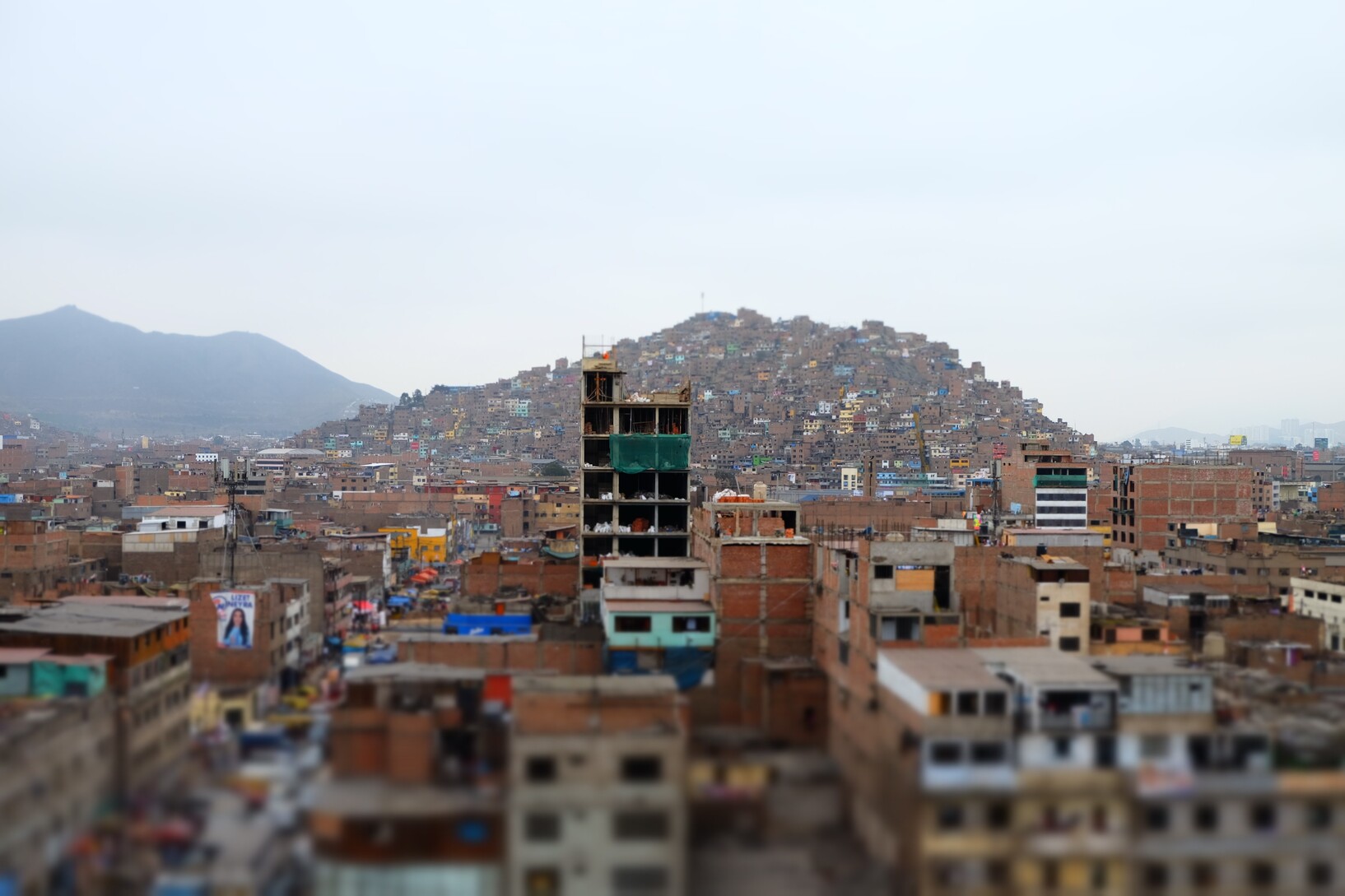
Megacity on the other side of the world: More than 10 million people live in the Lima metropolitan region.
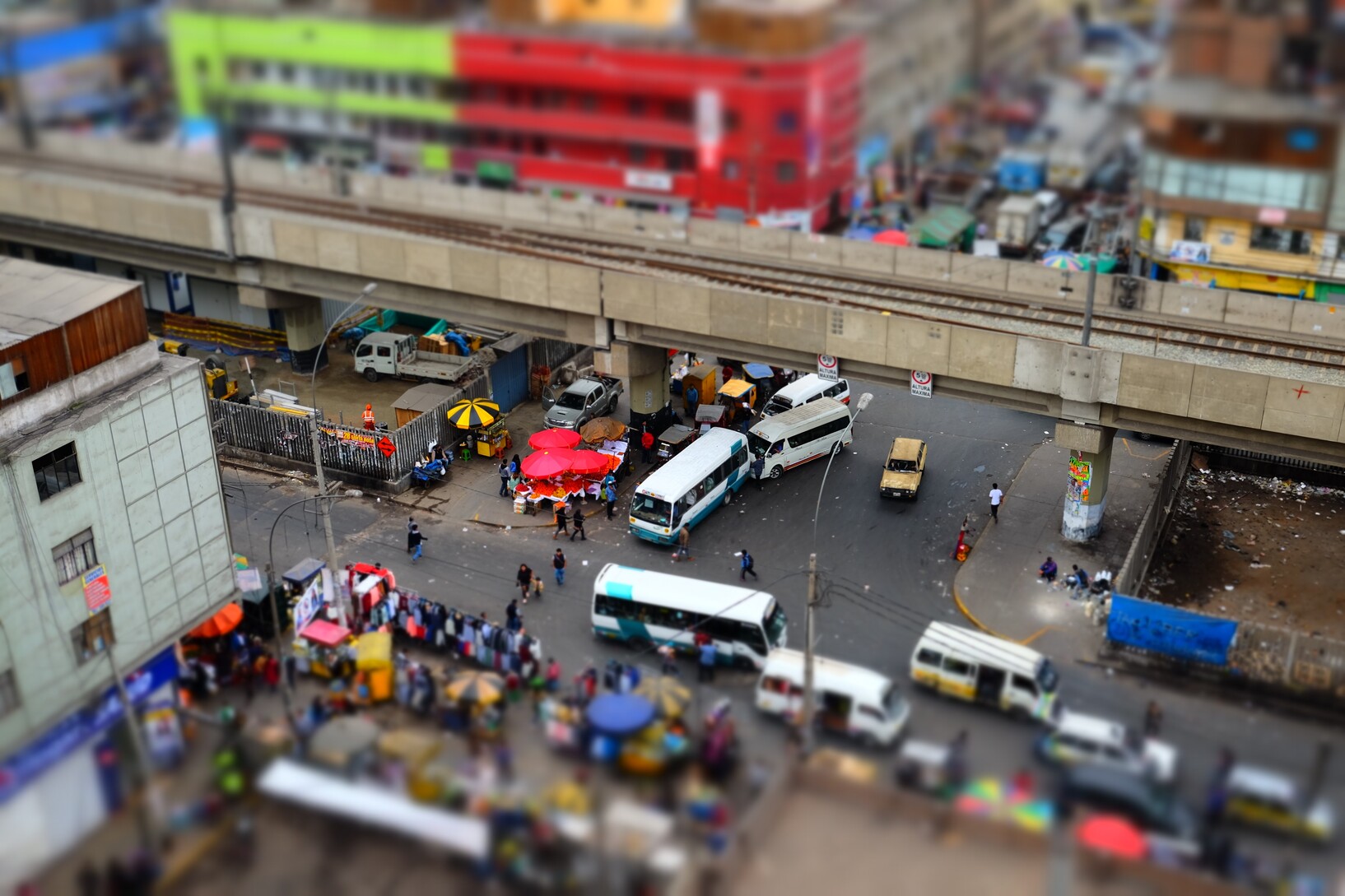
In a demarcated urban district, de Freitas conducted research as part of her master's thesis.
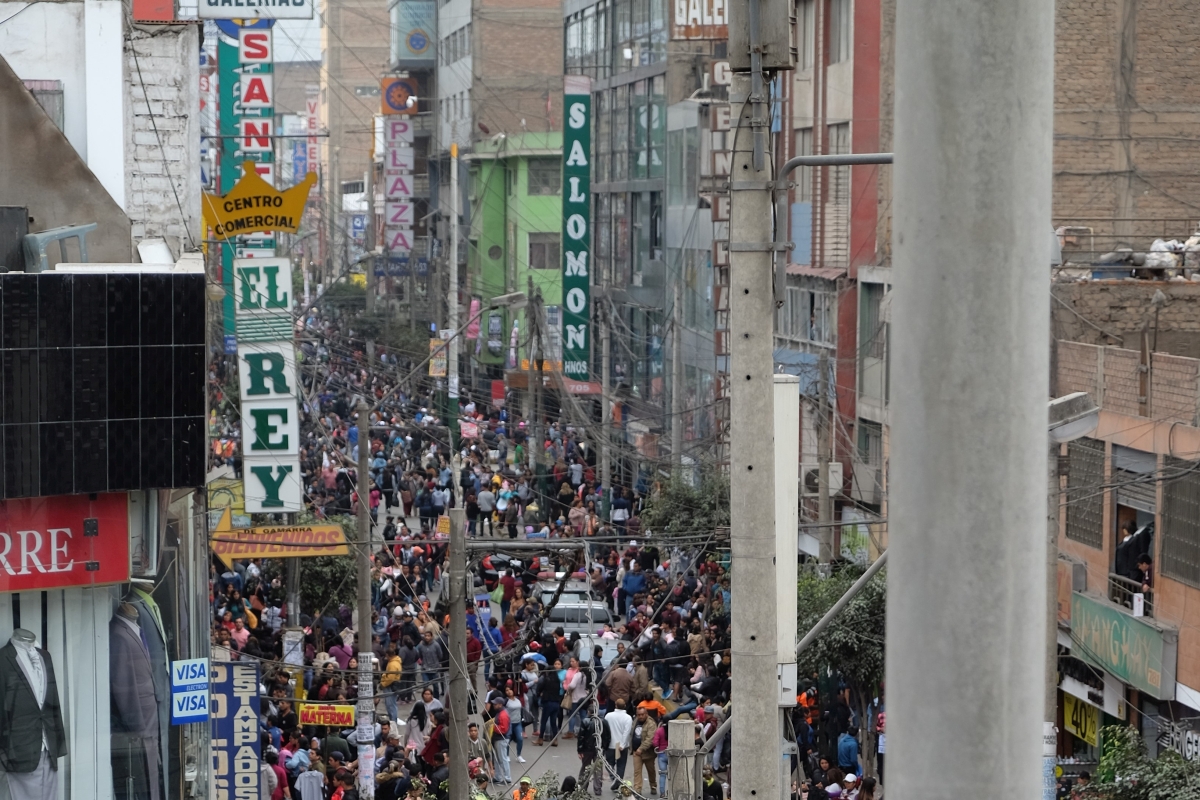
"You have to have lived there to be able to do field research in a meaningful way," de Freitas says about her work in Lima.
Alternative Energy Systems as an Opportunity
Direct contact with locals has given de Freitas a good feel for Peruvian culture. Planning the field research phases from Germany, however, is not that easy: "I can't make appointments long in advance, the people there are not like that. I have to be very flexible. Sometimes I call, and they say, 'Come by in an hour!'"
Something very special is the local production of solar water heaters. In Arequipa, Peru's second largest city, 40 small businesses build and sell them. "It's a bottom-up process that runs detached from central hierarchies, just via the market, because it's economically profitable. It creates jobs. Nevertheless, this is ignored by the state and jeopardized by international development cooperation by promoting imported technology," explains de Freitas.
The technology does not require electricity; the sun heats copper pipes under a black surface. Water flows through these pipes and is heated. Decision-making processes around large hydropower plants are another topic of the Peruvian energy system on which the scientist conducted interviews with experts for her doctoral thesis at the KIT Institute of Regional Science.
The focus of all investigations is on the interactions between technology and society. Alena Fernandes de Freitas thinks that it is important not to compare the energy systems in Peru with ours: "We have to get away from transferring norms and ideals from the Global North and interpreting deviations from them as a deficit. What looks like a deficit in our eyes is an opportunity for the country: While in Europe we are replacing the older fossil systems with new ones, in many places in Peru you can go straight to renewable energy. Ultimately, it's a huge opportunity: But this has far-reaching social consequences that absolutely must be taken into account."
Almut Ochsmann, November 17, 2022

